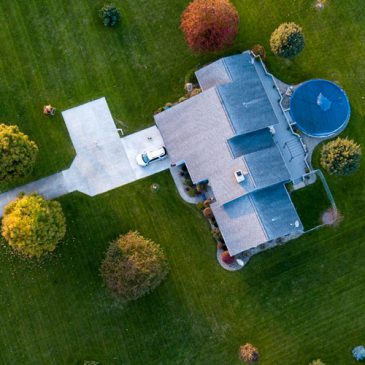Gauging Roof Size When It Comes to Mounting Solar Panels
With the right provider, solar panel installation can be a fairly painless undertaking. However, it is important to make sure there’s enough space on your roof to install the appropriate number of solar panels that you will need to power your home.
If you’re a homeowner who is considering making the switch to solar power, but you’re not quite sure how to factor in the size of your roof when deciding on whether solar will work, then this article is for you. Walk through these next four steps to consider the different solar options you have based on the roof structure of your home.
Estimate the Number of Panels Needed
It’s useless to start calculating your roof’s area without first knowing the number of panels you’ll need to provide all the energy your home needs to function. Before you whip out your tape measure, leaf through your old utility bills to average out the amount of electricity you use each season.
While calculating, bear in mind that solar often provides 85% to 90% of the energy you need, and your electric grid provides the remainder.
According to the National Council for Solar Growth, the average US household uses 11,000kWh worth of energy annually, necessitating about 28 to 34 panels to provide power to that home. You may use less or more than this amount per year, so looking at those bills will help you square up that ratio.
Choose Your Solar Panels
Another aspect to factor in is which kind of solar panels you’ll want to use. If you think you might have a roof that’s large enough for standard solar panels (they run about 17.5 square feet at 265 watts), then you can select those for your system.
But if you believe your home’s roof to be on the smaller side, then more expensive, high-efficiency solar panels (though larger individually) can run up to 445 watts, thus making up a smaller system that can fit on less square footage.
Measure Your Home’s Roof for Solar Panels
Now that you know how many panels you need, it’s time to measure your roof. Simple online calculators like this one can help you determine the area of your roof using the length and width of the rooms in your home.
You can also use apps like Measure and Bubble Level to calculate the angle of your roof. You’ll further have to account for the setback regulations (amount of space between roof edge and panels) imposed by your state.
Evaluate Structural and Environmental Factors for Solar
Your roof may have a chimney or other structural obstruction that you’ll have to angle your system around. It’s important to note that south-facing roofs are the most conducive to energy production because they receive the most sun exposure, but surroundings like trees and other buildings might obstruct the flow of sunlight to your system.
Weather is, of course, an important environmental consideration to factor in as well, and your energy consumption levels will vary between the more extreme summer and winter months, versus the milder fall and spring months. Taking all of these factors into account will help you to determine whether your roof has enough room for the system you need, and if you can afford it.

